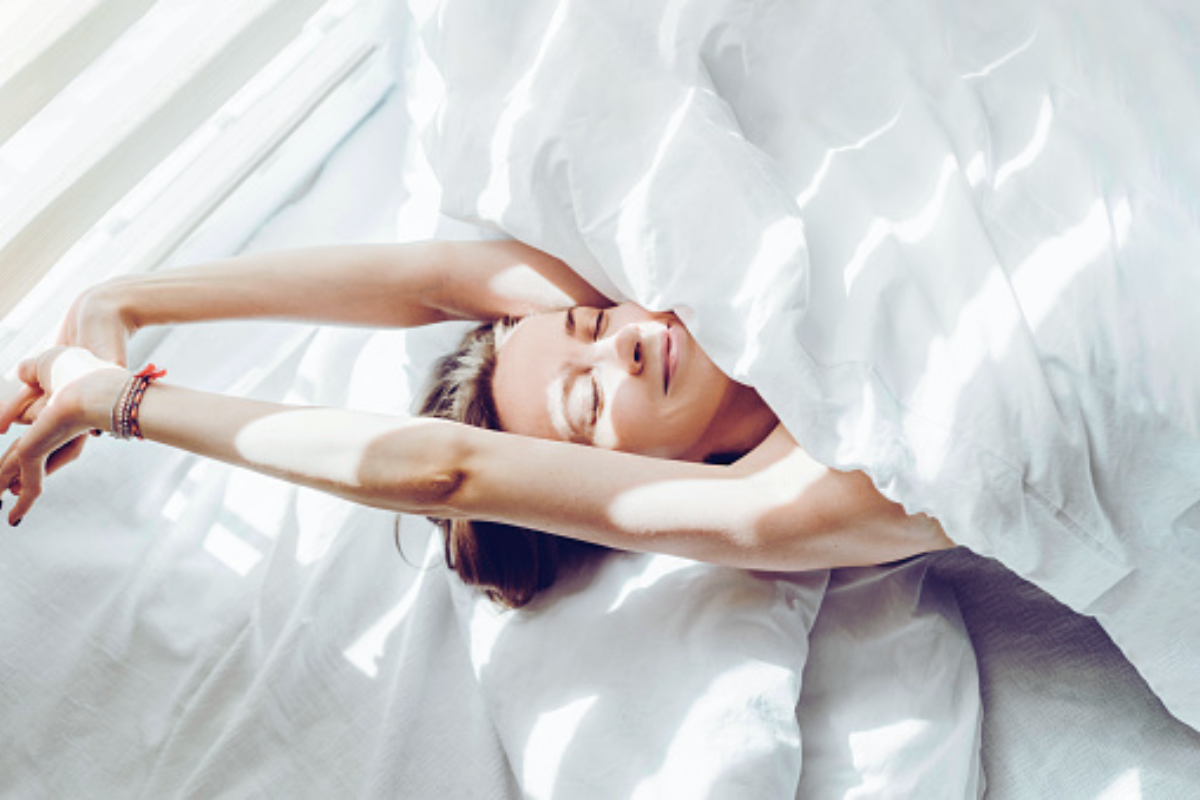According to health professionals, there’s an increasingly growing population of young American adults who suffer from sleep apnea but don’t realize it, a condition that is more widespread among the under-35 group than was known before — and it’s not only about snoring.
A Silent Epidemic Among Millennials and Gen Z
Amongst the sleep facilities in the United States, professionals say that they are witnessing a rise in patients aged under 35 years with sleep-disordered breathing. The majority of them have no idea that they might have sleep apnea, which is the tip of the iceberg of the problem, apart from the obstructive and the central types. They are mainly healthy and some are even active with elite athletes as their status.
“A lot of intense work places and universities are now faced with young adults having major fatigue issues, that’s actually the main trend now,” said Dr. Alan Reeves, a sleep medicine specialist in Denver. “Stress and burnout are being attributed to the cause of the fatigue, but sleep apnea could be the real issue at hand, and it’s going untreated.”
Not Just a Snoring Problem
Most of the younger generations are not familiar with the…
- Afternoon crashes
- Frequent headaches
- Difficulty staying asleep
- Mood swings and anxiety
Such patients are often deprived of courtship or sleeping alone, so they can recognize breath irregularities, and, therefore, no search is conducted.
Misdiagnosis is Common
The family doctors usually ascribe these symptoms to mental health or a person’s lifestyle. Sometimes persons are diagnosed as though they suffer from insomnia or depression, whereas their sleep disorder is not checked out.
“We have 26 years old persons on antidepressants who don’t know what a sleep study is. Once we did the check, we discovered that they had moderate sleep apnea affecting them every night,” said Dr. Reeves.
What’s Driving the Trend?
Professionals say that a combination of changes in technology, higher stress, and poor sleep practices can make the young American population become more exposed to the risk of the disorder. The use of screens at night, excessive alcohol intake, and even the habit of vaping are all contributors to the instability of the airway during sleep.
Moreover, a fraction of young grown-ups can have anatomical fondness for the risk, for example, narrow airways, hypertrophic tonsils, or ill-fitting jaws, if it were not for a real examination.
What to Watch For
Young readers are encouraged to be more mindful of this matter. It is recommended to go through the screening process if you:
- Feel tired after a long sleep
- Get unknown headaches or mood changes
- Usually collapse and feel asleep during the day (more often at work and especially while driving)
- Have a lot of awakenings during the night without any reason
Home-based sleep studies are now more accessible and new tech-enabled devices are helping catch early symptoms.
Takeaway: It’s Time to Change the Way We Look at Sleep Apnea
Awareness about sleep apnea has made it clear that the condition no longer exclusively affects older people. With growing awareness, it is the young who can benefit most from early intervention which, in the long run, protects their cardiovascular and brain health.
It’s now not just about negative vibes, it’s also about your breathing.




